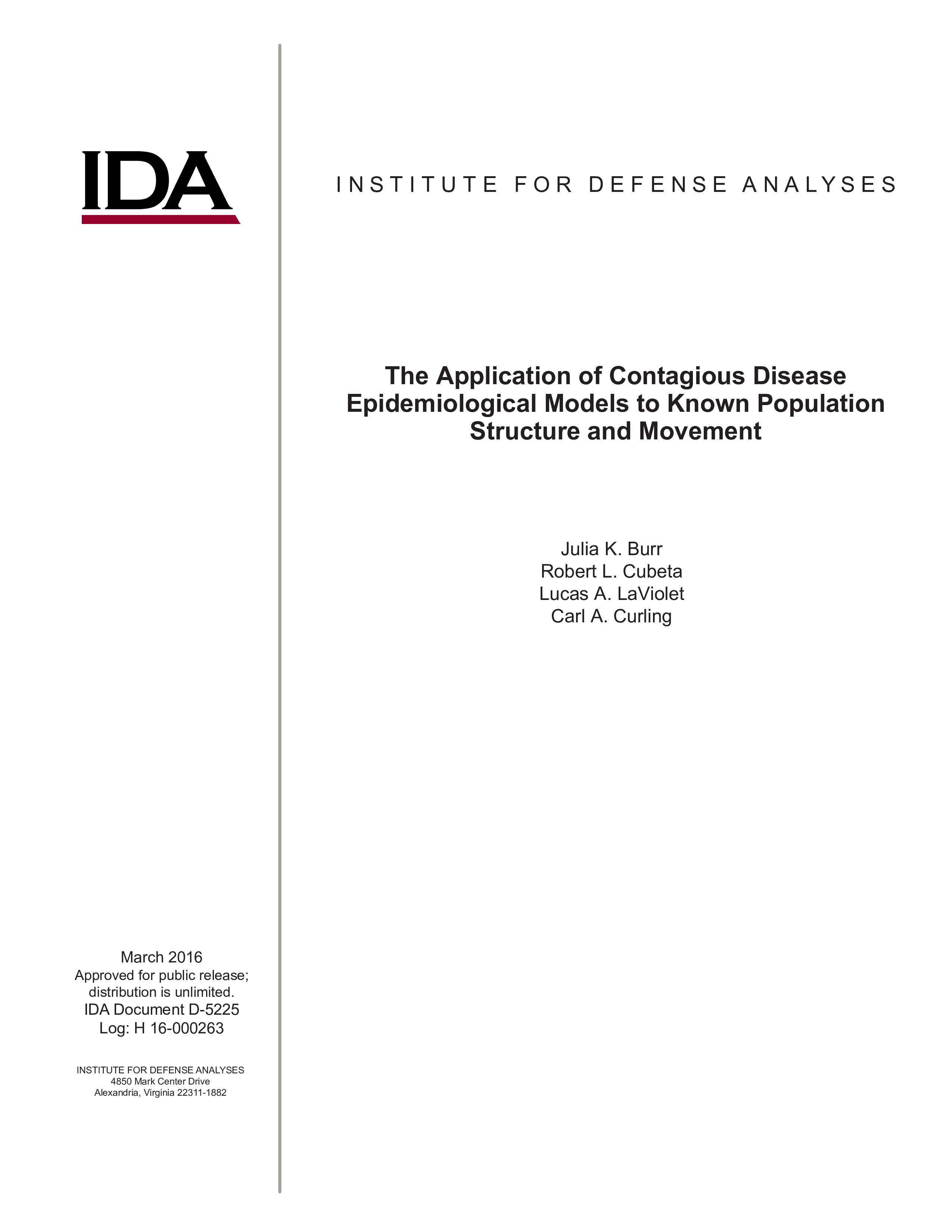As part of its efforts to update the NATO CBRN standard casualty estimation methodology, IDA wanted to better understand 1) whether casualty estimates would change if their calculation considered movement and structure, and 2) if estimates changed, whether the change was significant enough to warrant a change to the methodology. To answer this question, IDA adapted a contagious disease model to account for structure and movement and developed an analytic representation of a military population using troop location data from Afghanistan. Using these tools, IDA compared casualty estimates that considered structure and movement with those that did not, using three measures: total number of expected casualties; overall duration of the modeled outbreak, and time to reach an overall casualty rate of 20%. The results showed a significantly different casualty estimate when considering structure and movement. However, the added benefits of a more situationally representative casualty estimate come at a cost of increased analytic and computational complexity. On balance, the IDA team believes that the purpose of an updated version of the casualty estimation methodology—support for medical planning—would be adequately served by the relatively conservative estimates generated without structure and movement, especially for small numbers of initial infections.

